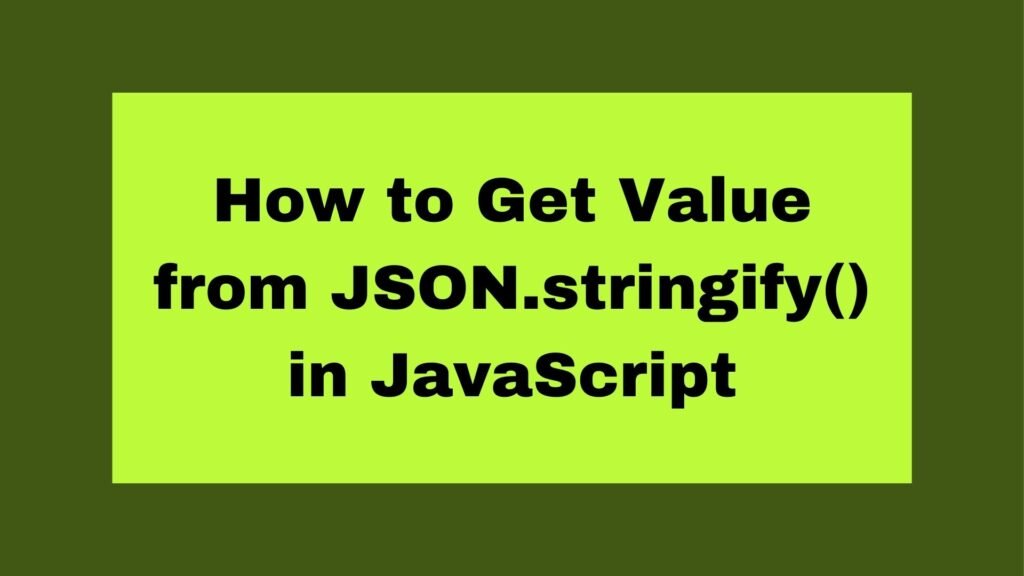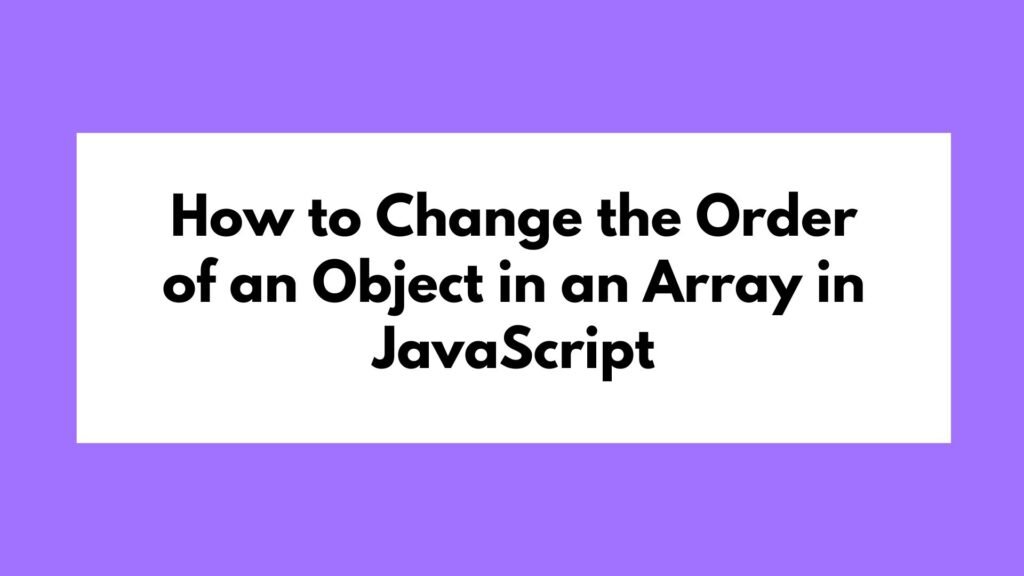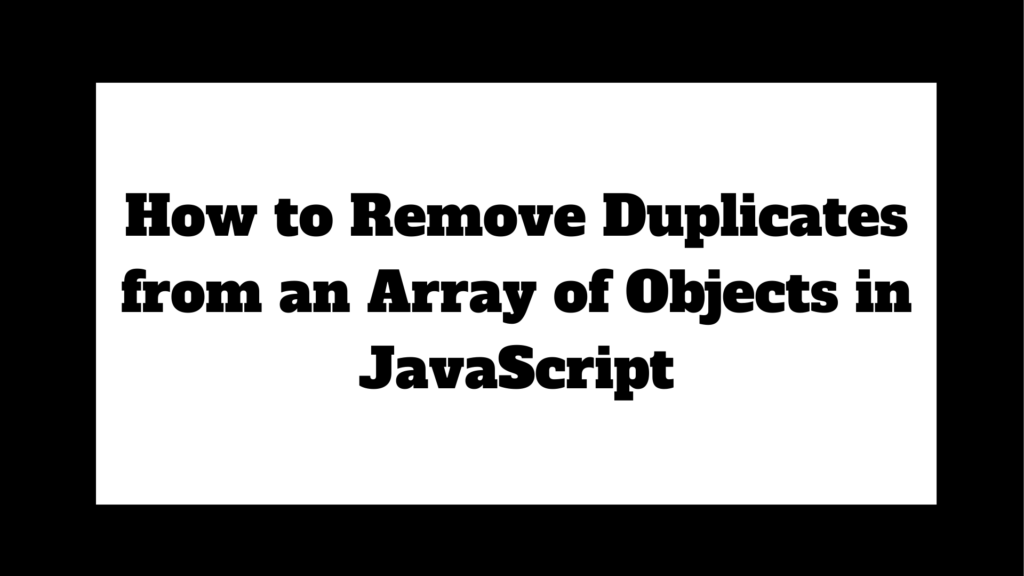
In JavaScript, JSON.stringify() is used to convert an object into a JSON string. However, sometimes you may need to retrieve specific values from this string. This guide will explain how to extract values from a JSON.stringify() output, along with code examples and explanations.
let obj = { name: "John", age: 30 };
let jsonString = JSON.stringify(obj);
let parsedObj = JSON.parse(jsonString);
console.log(parsedObj.name); // Output: "John"
console.log(parsedObj.age); // Output: 30
To retrieve values from a JSON string created using JSON.stringify(), first parse the string back into a JavaScript object using JSON.parse().
Methods on How to Get Value from JSON.stringify() in JavaScript
JSON.stringify() is commonly used to serialize JavaScript objects into JSON strings. While this method is essential for data storage and transmission, there are scenarios where you need to retrieve specific values from the serialized string. This article will guide you on how to do this efficiently.
Basic Usage of JSON.stringify()
JSON.stringify() converts a JavaScript object into a JSON string.
Example 1: Basic Usage
let obj = { name: "John", age: 30 };
let jsonString = JSON.stringify(obj);
console.log(jsonString); // Output: '{"name":"John","age":30}'
This creates a JSON string from a JavaScript object.
Converting JSON String Back to Object
To access values within the JSON string, you need to convert it back to a JavaScript object using JSON.parse().
Example 2: Parsing JSON String
let parsedObj = JSON.parse(jsonString);
console.log(parsedObj); // Output: { name: "John", age: 30 }
JSON.parse() converts the JSON string back into a JavaScript object, allowing you to access individual values.
Accessing Specific Values
Once you’ve parsed the JSON string back into an object, you can easily access its properties.
Example 3: Accessing Object Properties
console.log(parsedObj.name); // Output: "John"
console.log(parsedObj.age); // Output: 30
This code shows how to access the name and age properties of the object.
Handling Nested Objects
If your JSON string contains nested objects, you can still access the values by drilling down into the structure.
Example 4: Accessing Nested Object Values
let nestedObj = {
person: { name: "John", age: 30 },
address: { city: "New York", zip: "10001" }
};
let nestedJsonString = JSON.stringify(nestedObj);
let parsedNestedObj = JSON.parse(nestedJsonString);
console.log(parsedNestedObj.person.name); // Output: "John"
console.log(parsedNestedObj.address.city); // Output: "New York"
Here, JSON.parse() is used to access values within a nested object structure.
Conclusion
Retrieving values from a JSON string in JavaScript is straightforward once you understand how to parse the string back into an object. By using JSON.parse(), you can access any value within the original object, whether it is a simple property or part of a nested structure.
This technique is essential for manipulating data received from APIs, storing information locally, or processing complex data structures in your applications. By mastering these methods, you can effectively manage JSON data in any JavaScript project.


